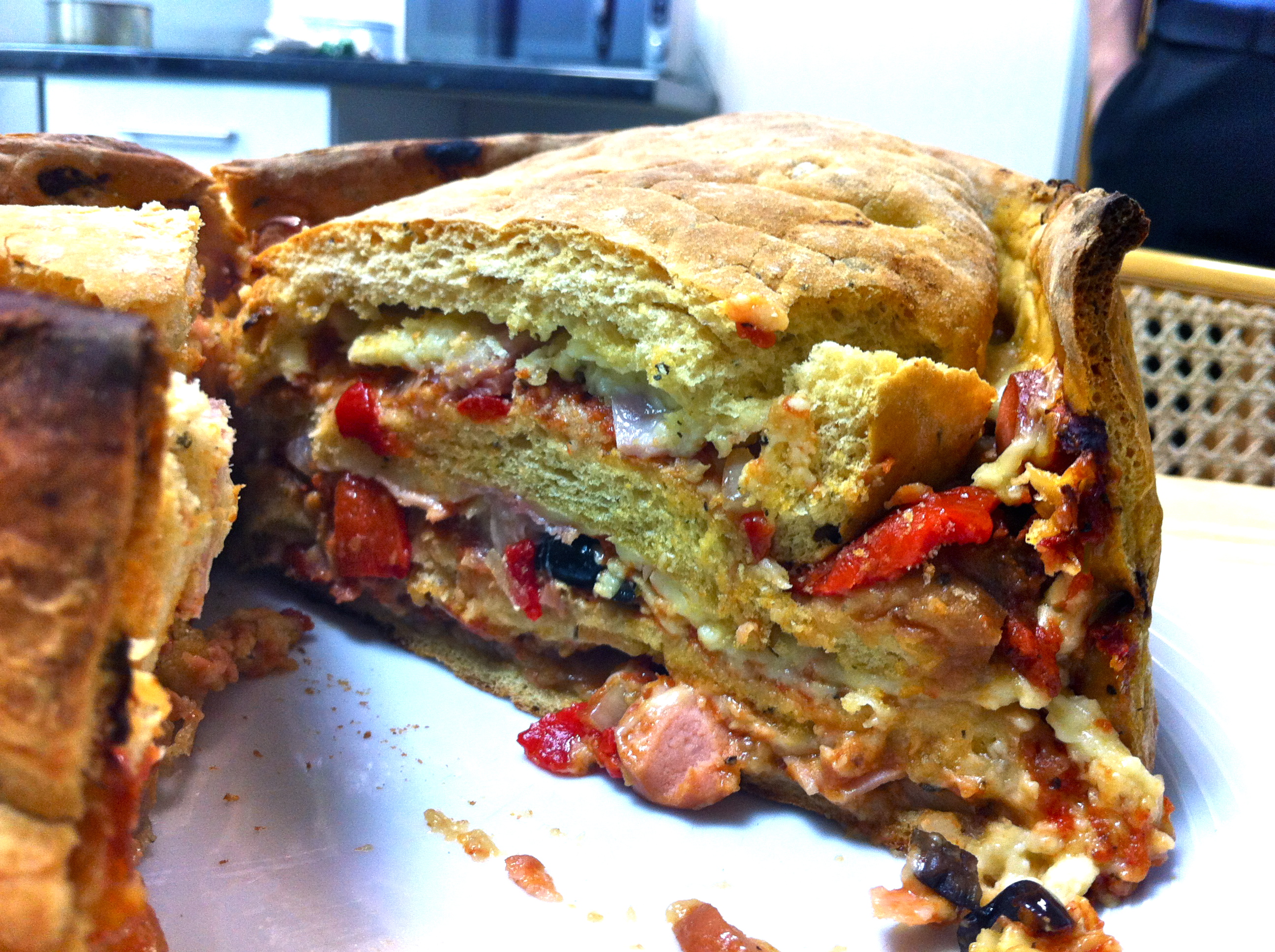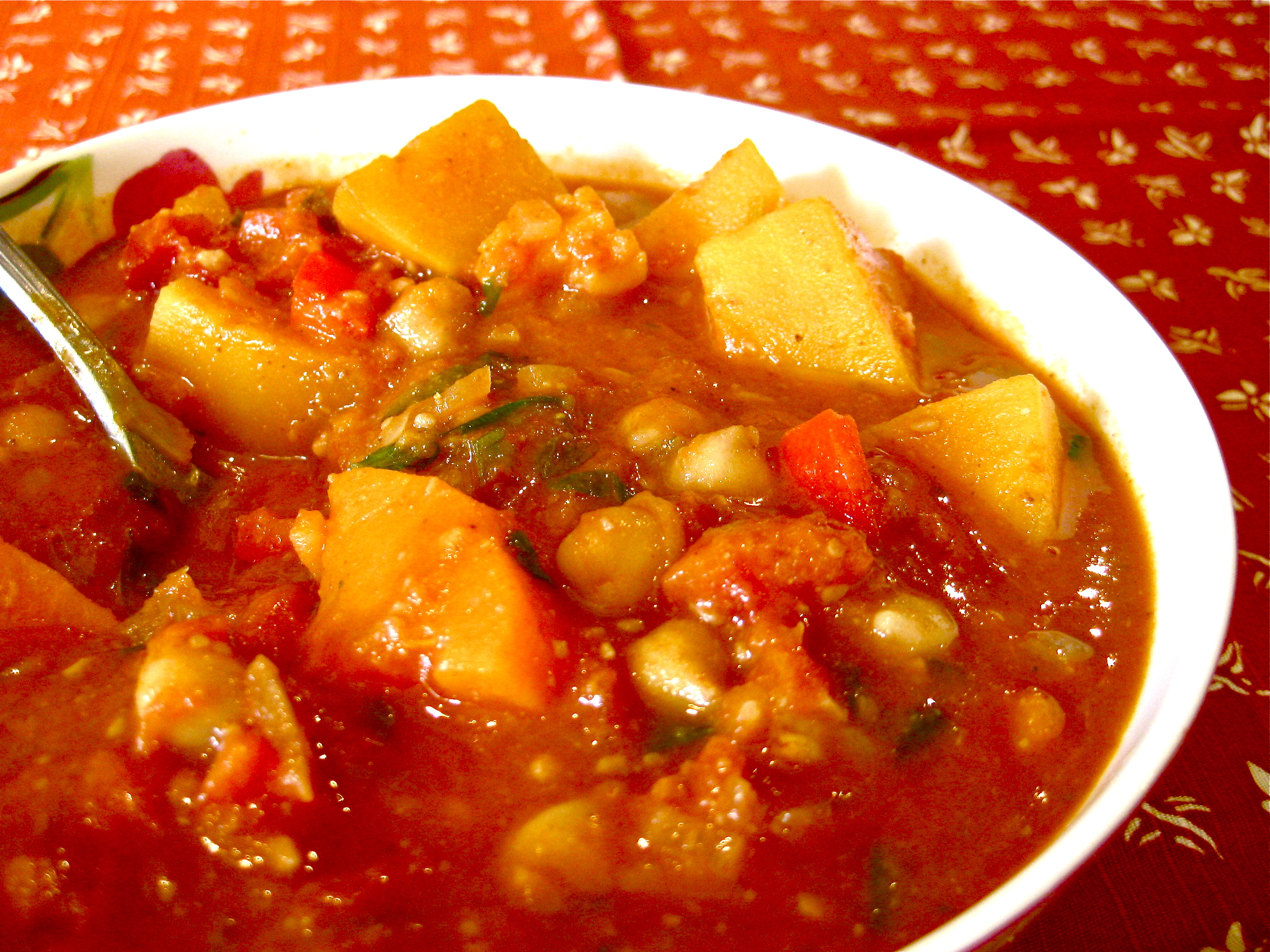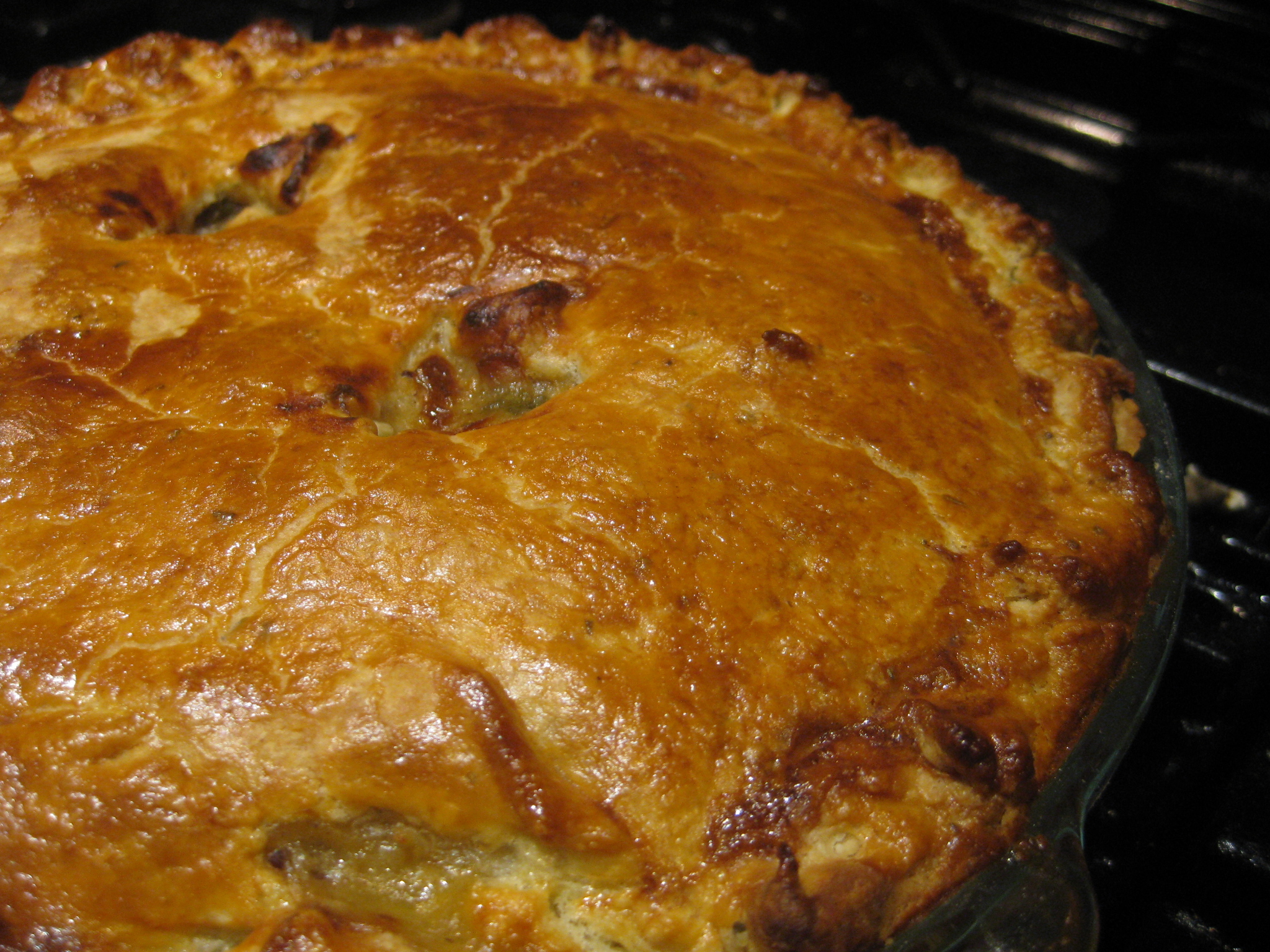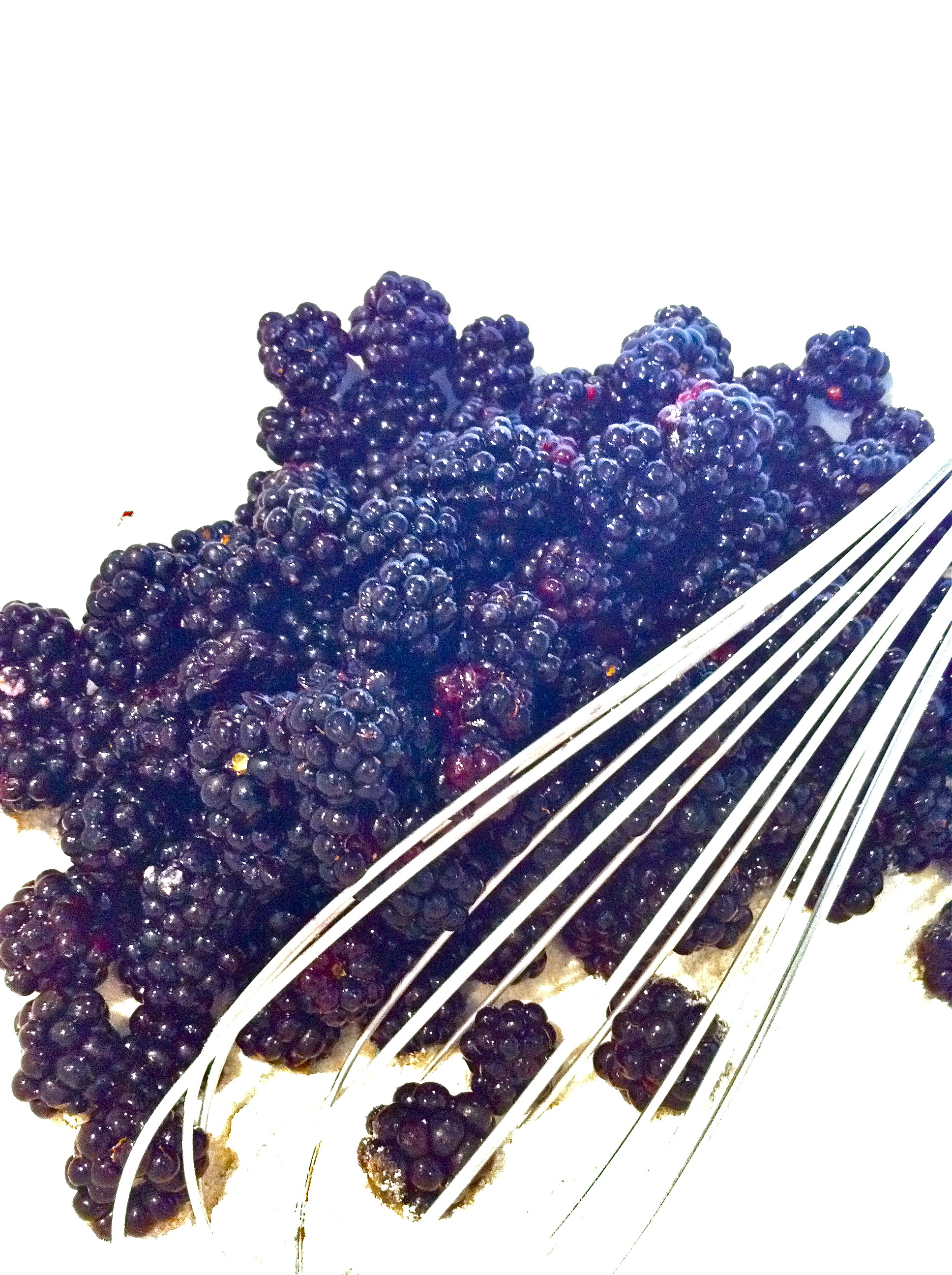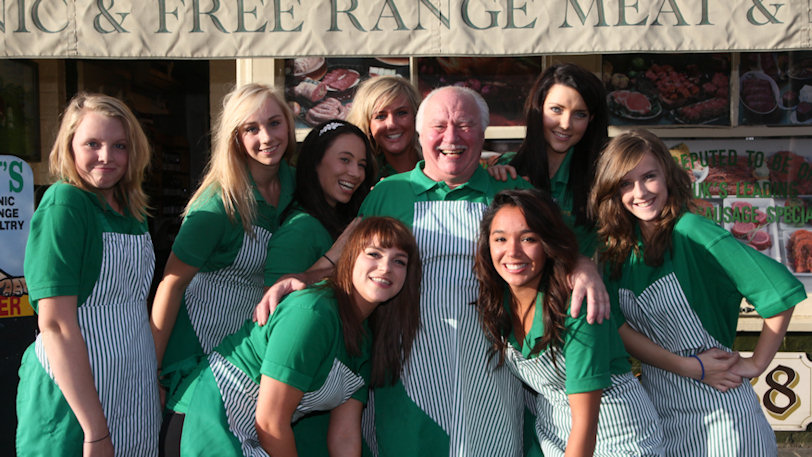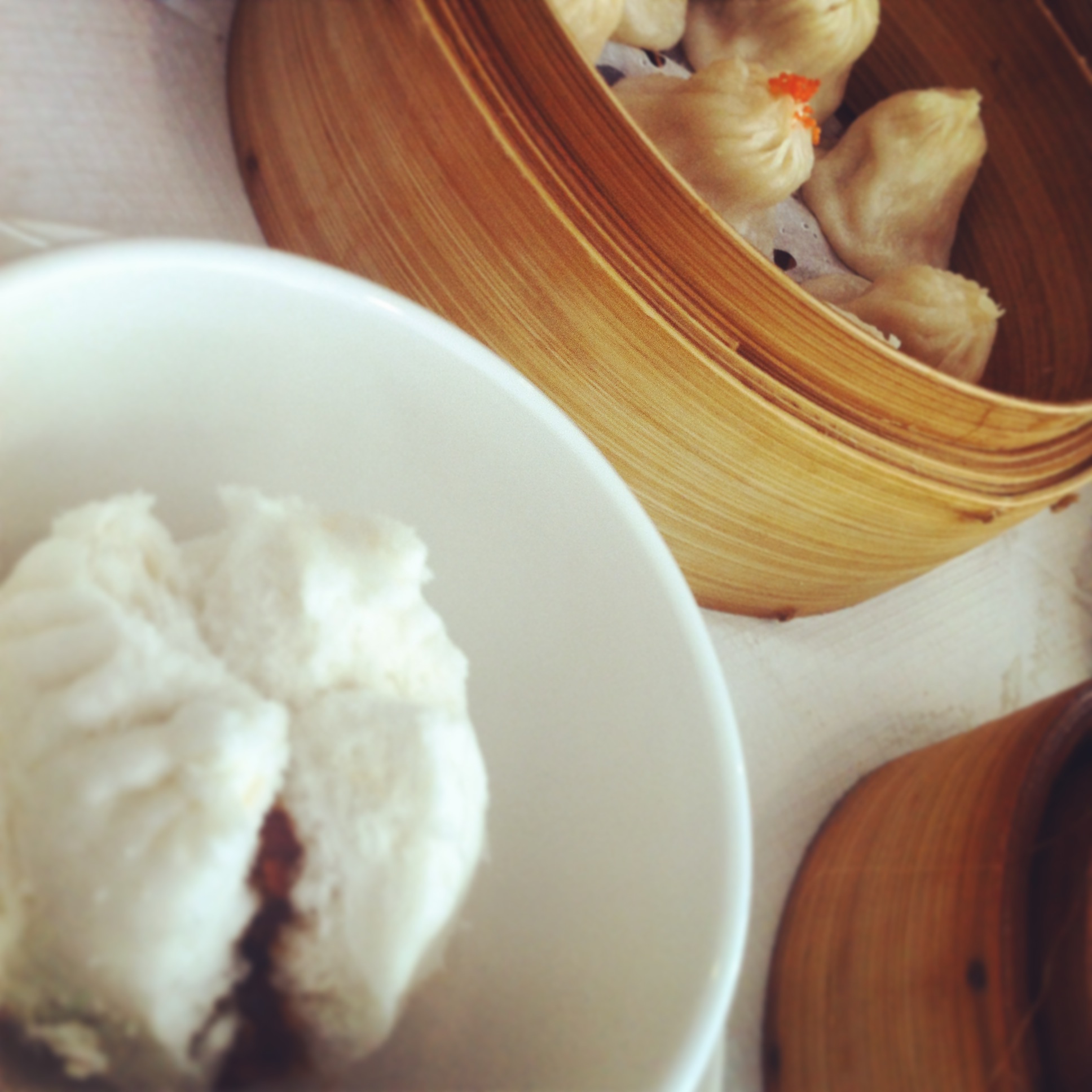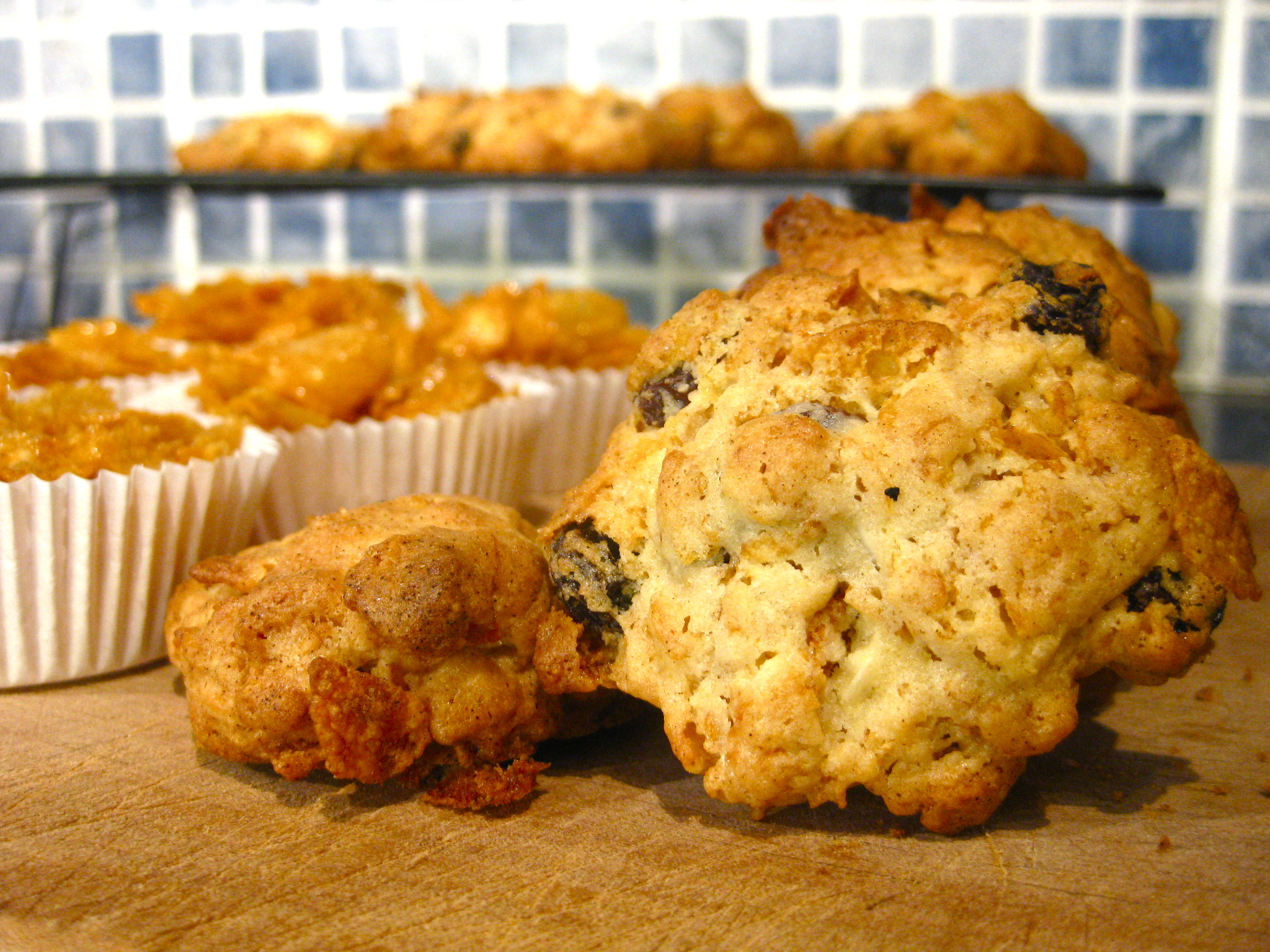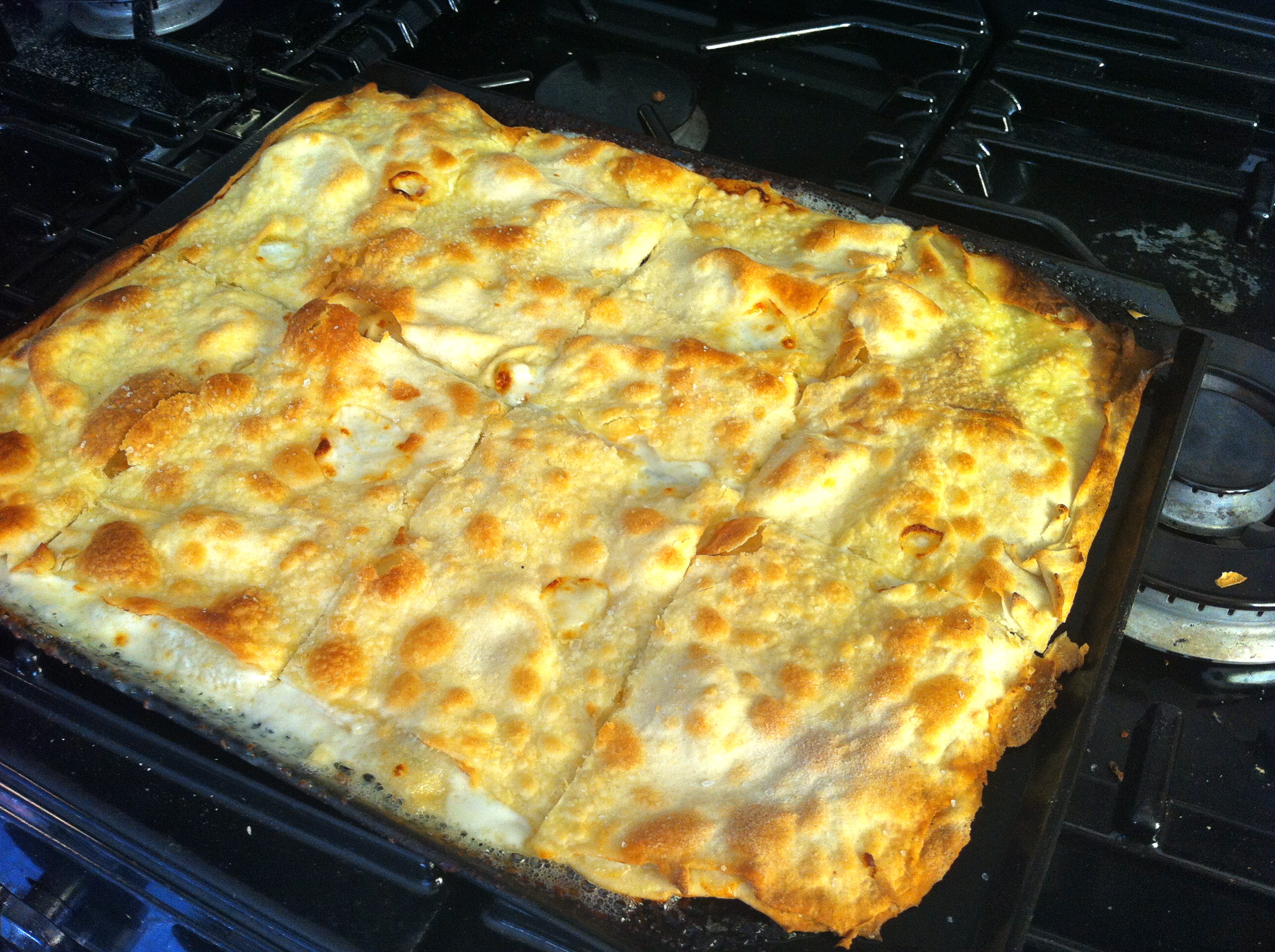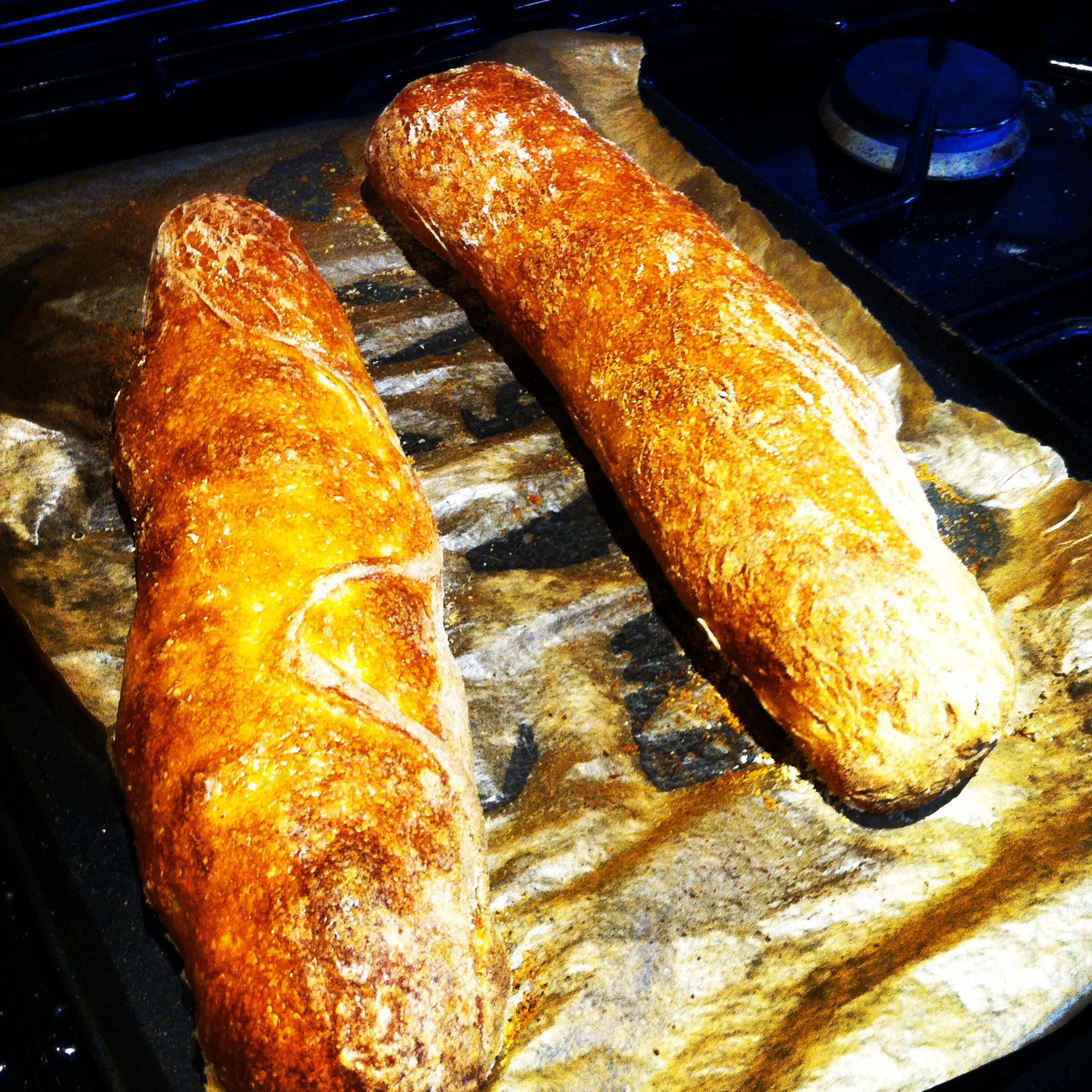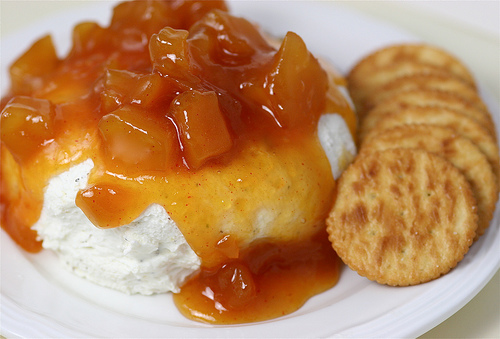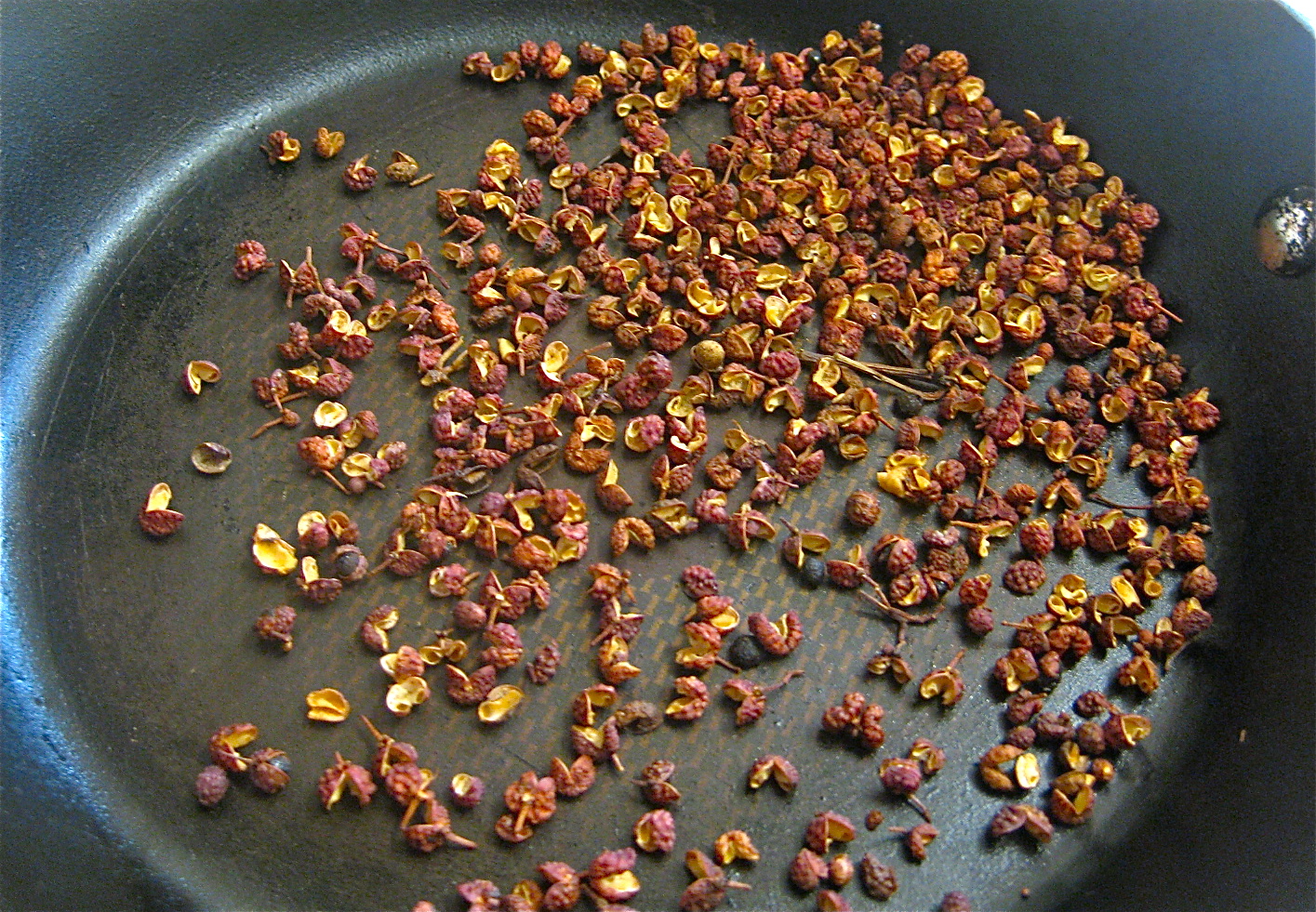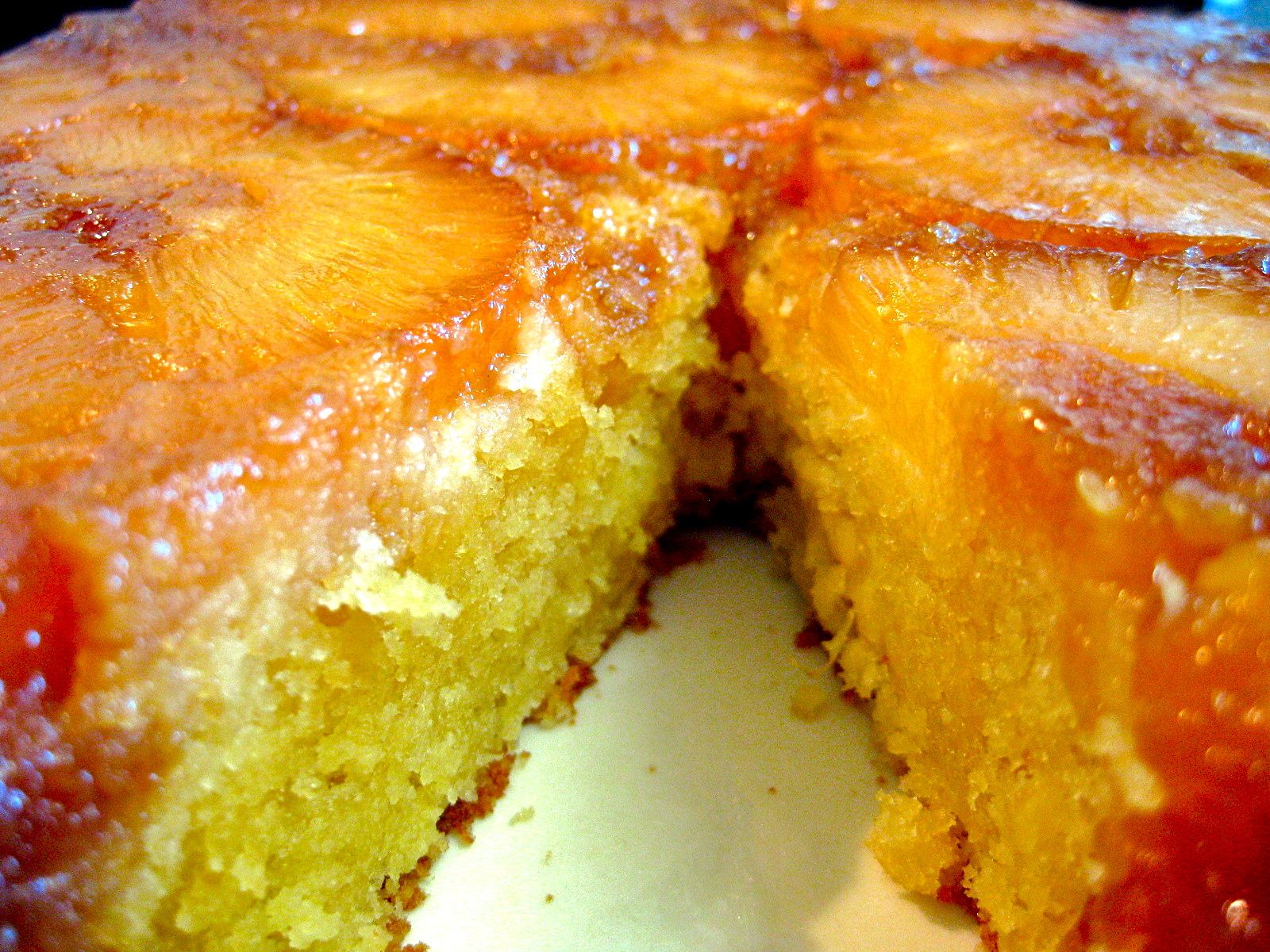A friend from home sent me an Australian bush food recipe book for Christmas, along with a couple of packets of wattle seed and a chilli, wild lime and lemon myrtle seasoning blend. What a thoughtful gift and it truly got me thinking about the good friends I have left behind. It also got me thinking about this really nice yoghurt I used to try-not-to-buy because it was loaded with calories. It was a lemon myrtle yoghurt. Lemon scented myrtle or Backhousia citriodora was named after the British botanist James Backhouse, and shortened to lemon myrtle to market the dried leaf for culinary use. It has an unusual strong lemon scent that is somehow more fragrant and sharply floral than actual lemon.

I love this seasoning in sweet dishes. I can imagine it would go very nicely in a cheesecake, but today I’ve made my own dessert creation in honour of the lemon myrtle yoghurt I left behind. To turn this yoghurt into an exotic Australian ‘bush food’ dessert that will shock and amaze your friends and family, serve it up with macadamia nut shortbread. Sliced into fingers, you dip the pieces of shortbread into the yoghurt.
To get your hands on some lemon myrtle, and most likely any other strange and exotic spice, visit Seasoned Pioneers online. The gang at Season Pioneers specialise in authentic herbs and spices, and they kindly sent me a package of lemon myrtle so that I could create this fragrant yoghurt recipe to share with my readers. When it comes to the macadamia nuts, you’ll find them at Waitrose and any decent health food shop. They’re kind of pricey, so if you can’t find them or don’t want to spend too much, you could replace them with Brazil nuts and get a similar texture and flavour.

Lemon Myrtle Yoghurt Recipe
Ingredients:
1 cup of FAGE Greek yoghurt
1 tsp honey
1 tsp of lemon myrtle, ground finely as possible.
1 tbs lemon juice
Method:
Combine all the ingredients, and leave overnight for the flavours to develop.
Taste it, to adjust the flavours to your preference which might be sweeter, stronger or more tangy than these ratios.

Macadamia Shortbread Recipe
Ingredients:
225g softened butter
3/4 cup icing sugar
1 tsp vanilla
2 cups flour (reduce the flour by half a cup for a softer, more cakey shortbread)
1/2 cup chopped, unsalted, raw macadamia nuts
Oven 180C
Method:
Mix the ingredients together with a wooden spoon in a bowl, as opposed to in a mixer.
Press into a lined slice pan (approx. 20cm x 30cm).
Bake until golden, and then slice into fingers.
Serve with lemon myrtle yoghurt.

















